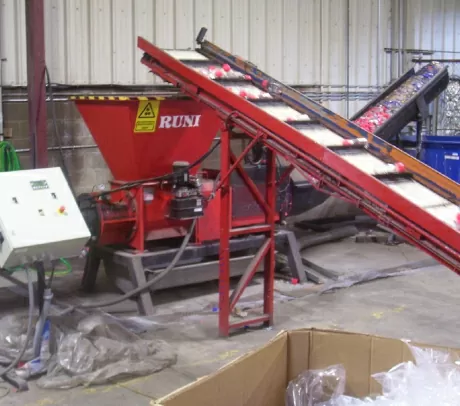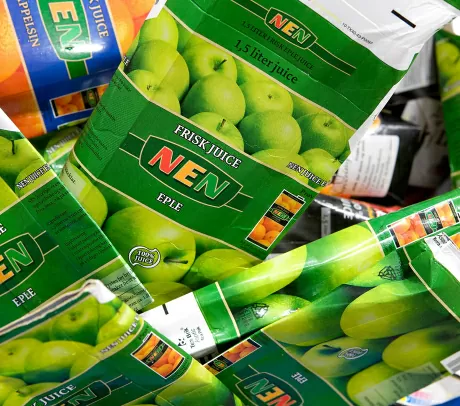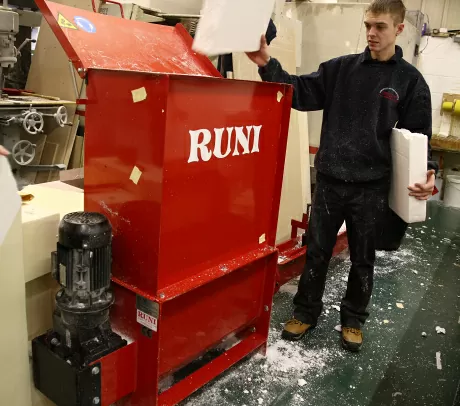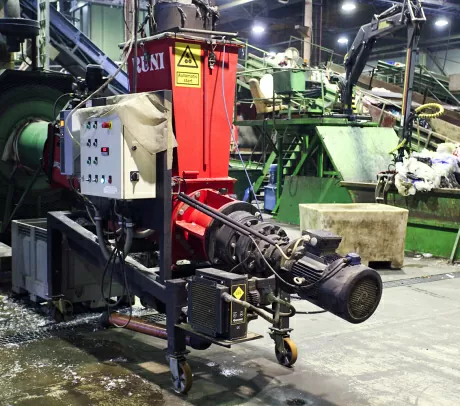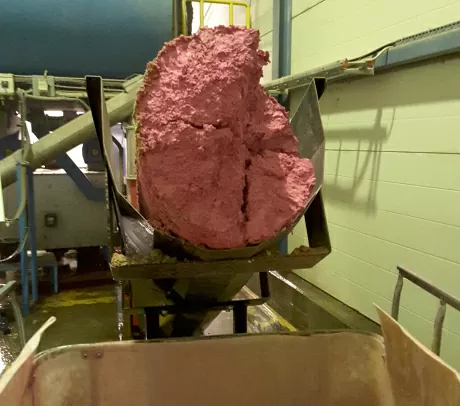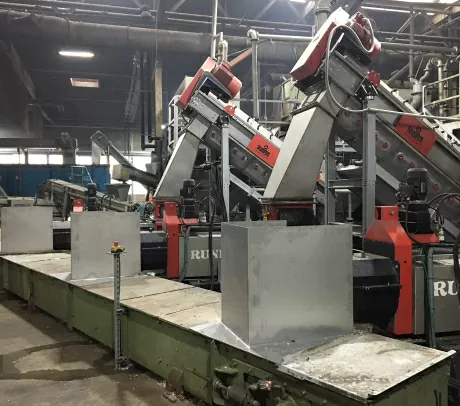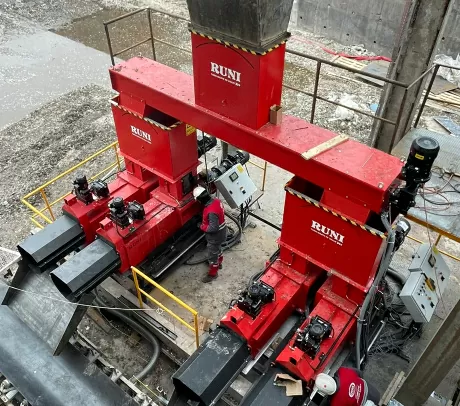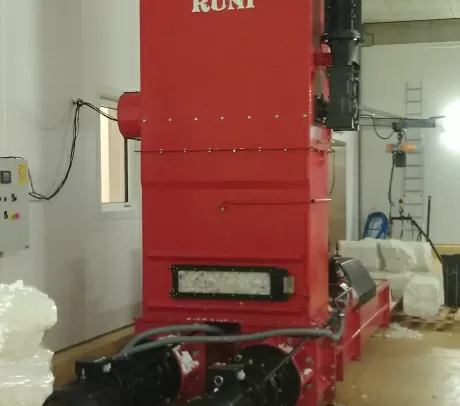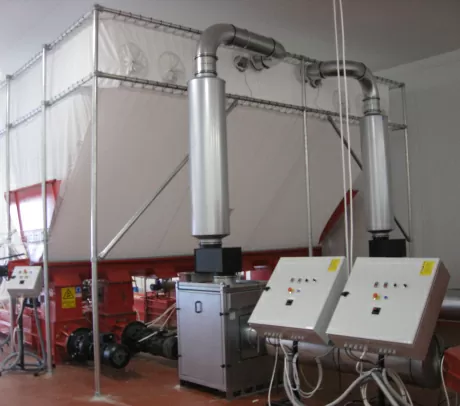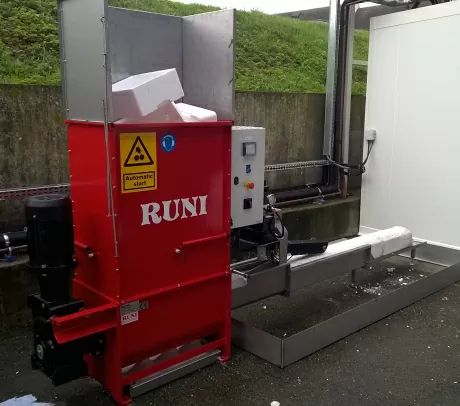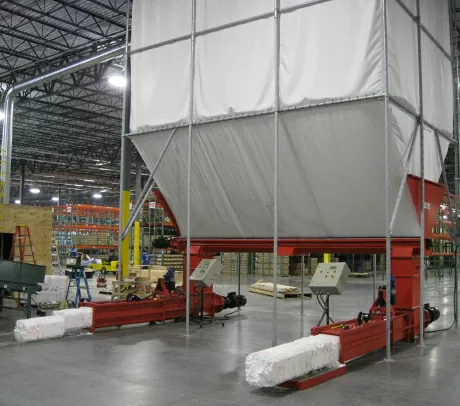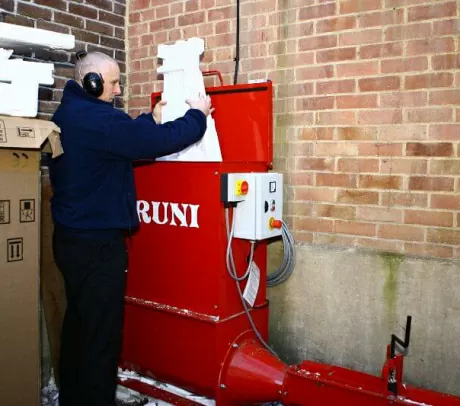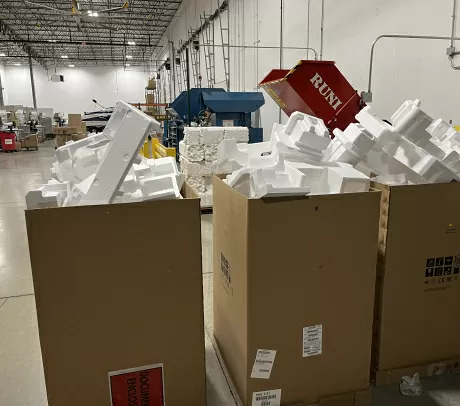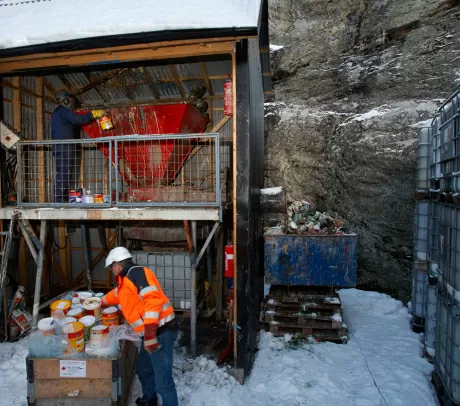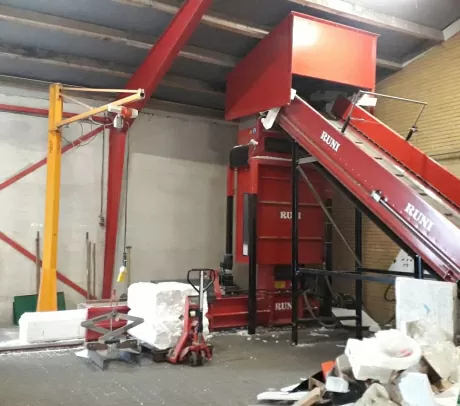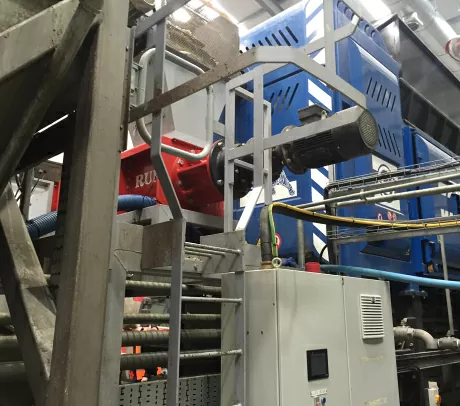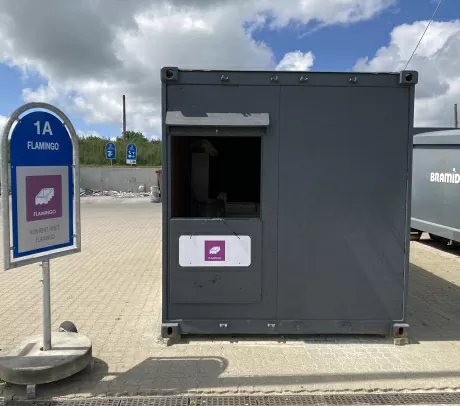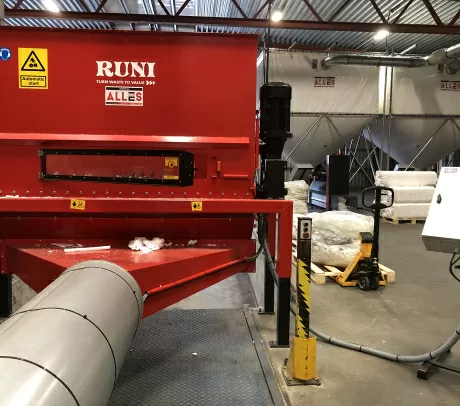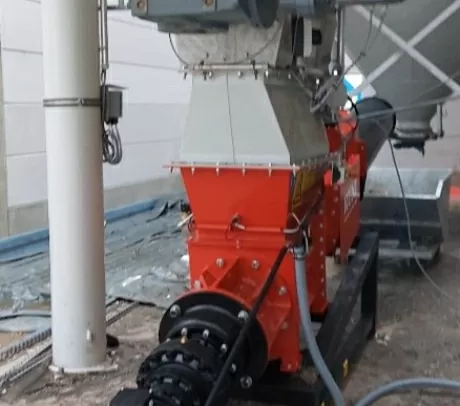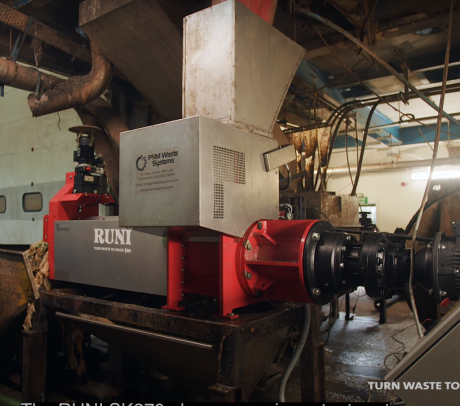Recycling Fish Boxes: How to Compact Your Waste and Turn It into Value

Fish boxes are generally made of EPS, also known as expanded polystyrene. They are used for collecting, storing, and transporting fresh products, like fish, seafood, or vegetables. EPS fish boxes are very suited for this purpose as contact packaging due to their excellent insulation, protection, and safety properties.
Around 335,000 tonnes of EPS are used for this purpose in the EU every year. In the fishing industry, these EPS fish boxes are the most used packaging.
 Same amount of fish boxes shown in kg's - not compacted fish boxes and the compacted block.
Same amount of fish boxes shown in kg's - not compacted fish boxes and the compacted block.
The material in fish boxes can also be called 'engineered air', as this form of rigid plastic foam is produced from PS - polystyrene and 98 % air. Fish boxes of EPS are the leading choice for landed fish because of their excellent insulation properties that keep them fresh, preventing them from producing food waste. EPS is exceptionally lightweight but has superior thermal insulation properties that help reduce the need for cooling, e.g., adding heavy ice. This also helps save energy while transporting and during storage for the entire process of the logistic chain.
Make the Best Use of Your Waste Fish Boxes by Recycling Them
Fish boxes are 100 % recyclable but have a low recycling rate in Europe generally, even though countries like Norway, Denmark, Greece, and the Netherlands boast about 90% of their fish boxes being recycled. There's still a need for more countries to join the league and achieve a higher percentage.
When not recycled, fish boxes end up in landfills or incinerators for energy extraction.
But being a mono-material packaging (meaning that it only consists of one type of material), the fish box is easy to recycle.
When compacting used fish boxes, we can achieve the following:
● A huge reduction in landfills (as this material is of very high volume)
● Reduction in the consumption of new raw materials, like virgin polystyrene
● Savings on both water and energy consumption from the production of new fish boxes
● Reduction of CO2 emissions and, as a result of this, better climate change
● Reduction of litter in the environment
Furthermore, economic and social benefits are to be expected, like the creation of new jobs, the promotion of innovative plastic recycling processes in general, and commitment through the whole value chain.
How to Recycle Fish Boxes by Compacting Them
A technical, economical, and environmentally viable solution for recycling fish boxes is to have them collected after use, compacted, and recycled into new EPS materials. This means a completely closed loop of a life cycle for the fish box.
This element has been blocked
The access to the element has been restricted as you have not accepted the required cookies. This measure has been taken to comply with applicable data protection laws. You can access the element by accepting cookies for the element.
How compaction of fish boxes look in the RUNI screw compactor
The used EPS boxes are quite valuable and highly sought-after in the market. This means that if you have EPS, the optimal way to handle it would be to compact it and sell it for recycling - This normally creates a good profit, as this price for used EPS is excellent.
EPS Foam Provides an Important Edge for Recycling Fish Boxes
As stated, fish boxes made of EPS are the most efficient material for storing fresh fish, transporting them to the point of sale, and keeping them fresh till they get to the consumers.
Fishes are caught, stacked in boxes, and then shipped to the market or wherever they are sold. There is a misconception that when fish boxes are empty, remains of fish, salt water, or "smelly contaminations' should be cleaned out to ensure the box is ready for recycling.
However, neither these remains nor the smell affects the compacting process or the further mechanical recycling. So, there is no excuse not to compact and recycle your used fish boxes.

Compact Fish Boxes Efficiently with RUNI
When it comes to finding the perfect solution for compacting fish boxes, there are a few things to consider:
RUNI offers compacting solutions for fish boxes for capacities from 18 kg/hour and up to 200 kg/hour or even a double or triple solution for 400/600 kg/hour.
When handling fish boxes, it often makes sense to consider some parts, like the hopper and the stabilization chamber, to prevent them from rusting when in contact with the material.
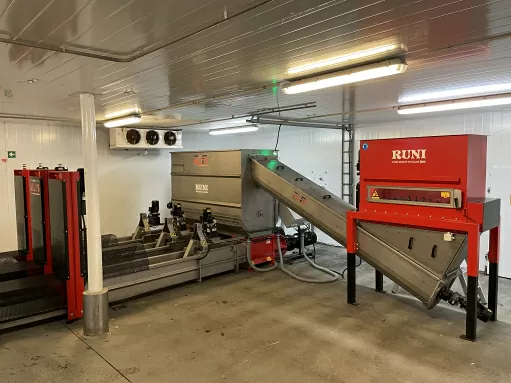 RUNI stand alone pre-crusher feeding three RUNI screw compactors, with stainless steel parts. 3 x 200 kg/hour
RUNI stand alone pre-crusher feeding three RUNI screw compactors, with stainless steel parts. 3 x 200 kg/hourAlso, depending on the specific location and need, the RUNI screw compactor can be built into your production line or adapted to the worker handling the boxes to make compaction and recycling as easy as possible.

 Compacting of fish boxes fitted into production line
Compacting of fish boxes fitted into production line
Learn How to Recycle Other Waste Materials
Do you have other types of waste, that you would like to recycle? Take a look at our other recycling guides:
Recycling of:
Besides our machines for compacting, we also offer solutions for dewatering of various packaging:
If you need any further information, or have any questions about the RUNI machines, please fill out the form below. We will contact you as soon as possible.


